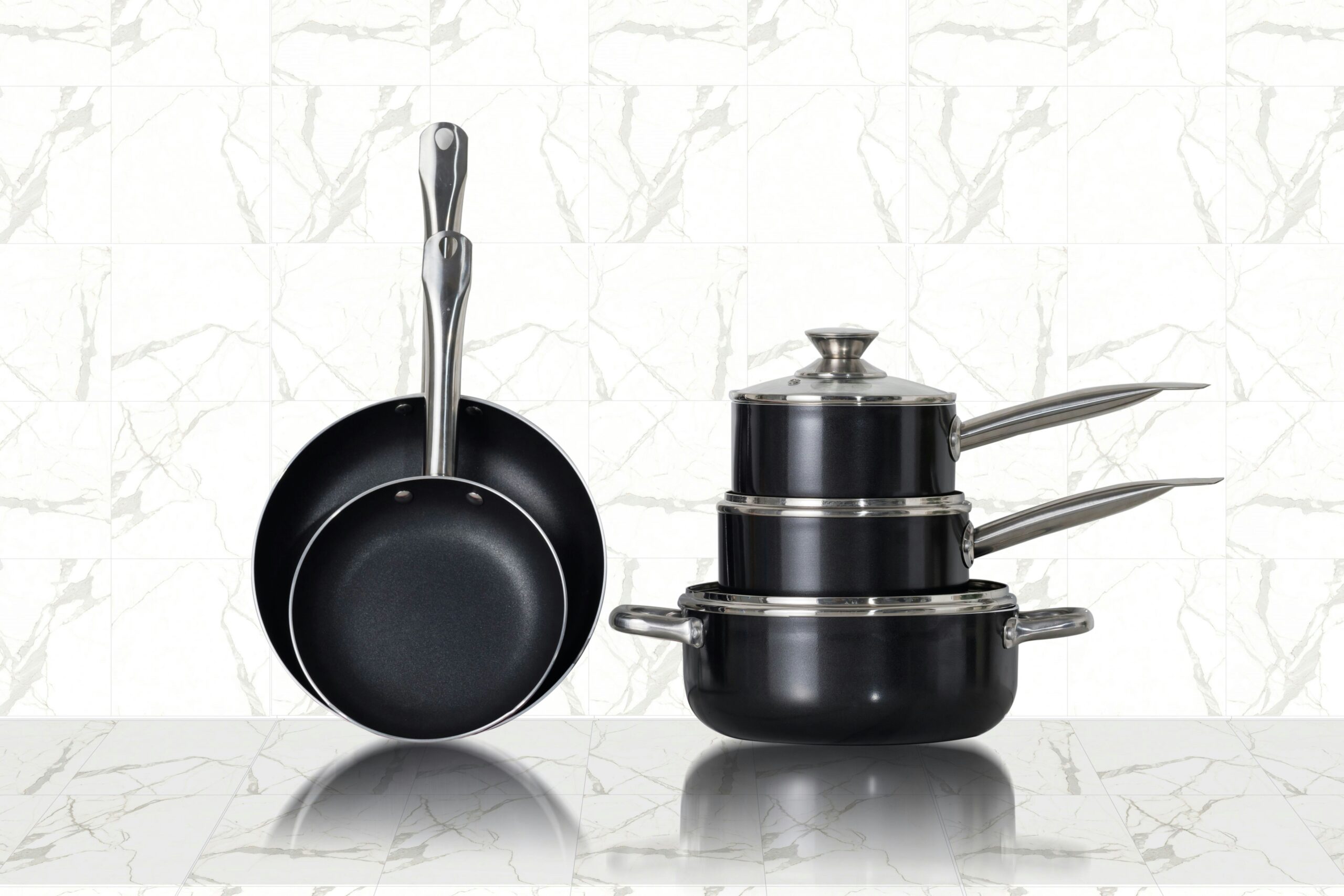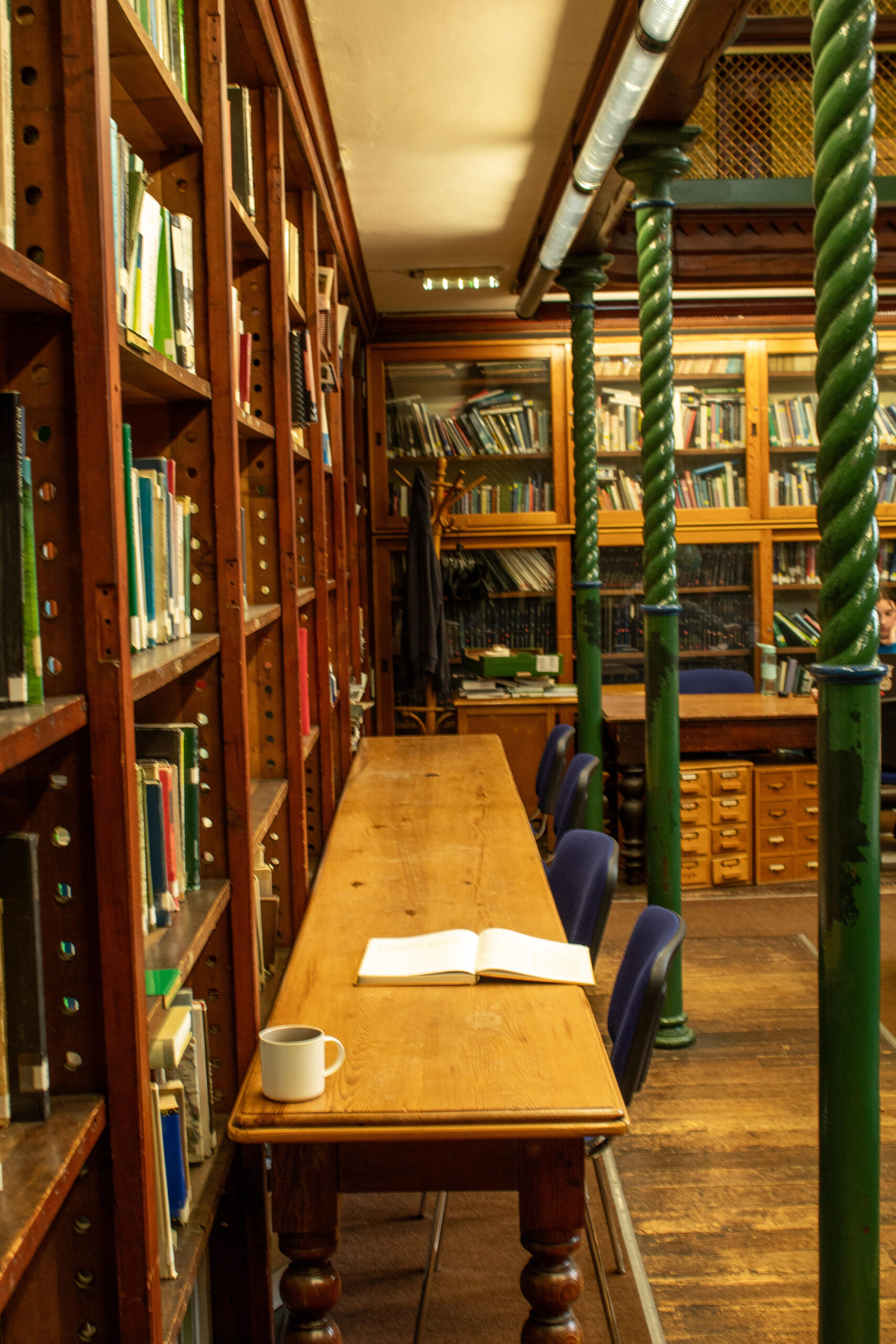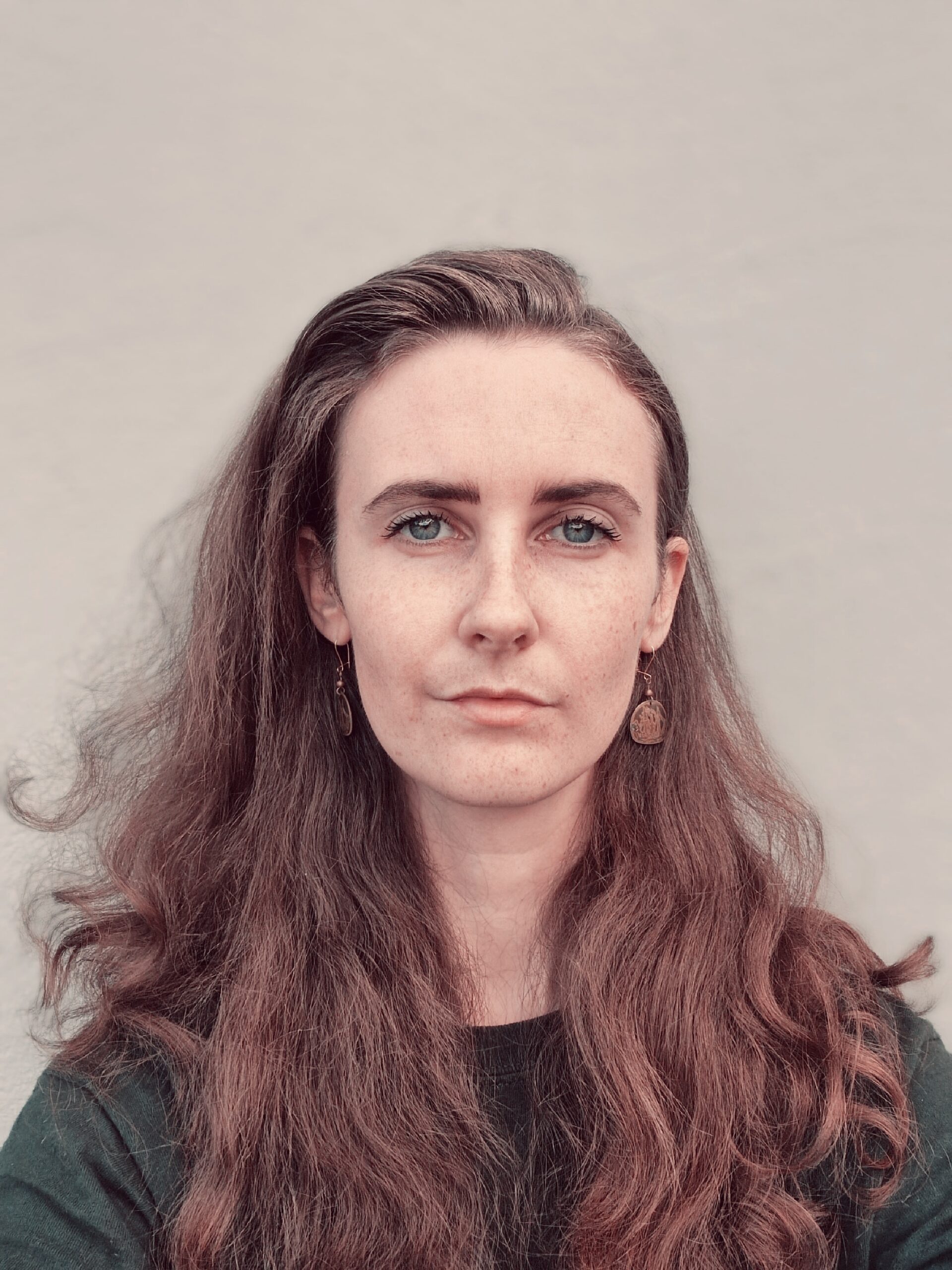Hannah Boles | Staff Writer
Last July a couple of young men while harassing a homeless man, John Byrne, sitting on O’Connell bridge, snatched his rabbit and threw it in the river Liffey. John jumped in after the rabbit and saved it, before the Dublin Fire Brigade came along and pulled both of them out of the water. Someone videoed the rescue and put it on YouTube where it proceeded to go viral making John a local hero. Since the incident John has been awarded a Compassionate Citizen Award, been honoured by animal protection groups, and has been offered a job caring for animals in Tipperary.
The incident has shed a new light on the idea of homeless people who have pets. There seems to be a dominant perception that homeless people who have, say, a pet dog, kitten or bunny rabbit with them as they sit at the side of the street, are simply trying to play up the sympathy factor to passers by. On numerous occasions I have overheard, or witnessed, pedestrians walk by someone begging with a small animal and mutter about animal cruelty or tut disapprovingly.
Many of you reading this have probably passed Anne on your way into college today. For the past couple of weeks she has been sitting on Nassau Street with Twinkle, her kitten, and Tiny, her dog. Anne came down to Dublin from Galway nine months ago and claims that if it weren’t for her pets she wouldn’t be alive. Last year her brother and sister both died, as did two of her uncles. All that Anne has left in the way of family is her mother who is currently dying of cancer and her brother who refuses to acknowledge her and tries to stop her from seeing her mother. Anne herself is also sick. Twinkle and Tiny are all the company she will have this Christmas.
Anne’s biggest fear is that someone will steal Tiny because he is such a cute and playful little dog. Himself and Twinkle make each day slightly more manageable for her. They give her both a sense of joy at their energy for life and judgemental-free friendship. They offer the unconditional love that animals will bestow on anyone that cares for them. And Anne really cares for her two pets. While talking to her never once did she mention that she was hungry, instead she was worried about Tiny’s lack of appetite and the fact that she hadn’t been able to find any tinned dog food and therefore had to feed him cat food. What little money she does get goes towards buying these cans of pet food. Talking to her you get the impression that these two creatures take precedence in her life. They mean so much to her.
Twinkle was a present from her mother and Tiny came from her uncle. Between them, these two animals treat Anne as an equal to everyone and in many ways, as superior in their loyalty to her. To them she is not someone to look down on, or cast a sympathetic glance at, as we hurry quickly by on a quick coffee break from the library, she is their carer and she looks after them as religiously as any home-owner ever does their pet, in many ways more so.
The Structuralist theorist Fernand de Saussure suggested that language is the way through which we attach meaning to life and that one of the principle methods of doing this is through binary oppositions, the creation of ‘us’ and ‘them’. When people think of the homeless this binary tends to creep in. We feel sorry for ‘them’ but we never really think that it could happen to ‘us’. We justify not giving them money, to ourselves, by dismissing the idea with a casual ‘ah sure they will only use the money for drugs or alcohol’. Most of us spend money on alcohol, and even recognise how unbearable the temperatures at 5am at Trinity Ball are without a serious amount of alcohol onboard. Why then do we look down on those that have so little as morally inferior? When we create this binary we deny the common humanity we all share and the simple fact that we are all born equal.
When we strip life back to it’s very basics we are all fundamentally human. We all need food and oxygen to survive, we need human contact, someone to show us love, someone to listen. Sitting on a cold street, where the majority of the people that you see over the course of the day walk straight past without even acknowledging your presence, these essentials of life can be in short supply.
When those commodities are available in limited quantities animals can be a wonderful source of comfort. To someone living on the streets animals are a companion. When the days and nights are as cold as they have been recently, cuddling a pet animal can be a merciful source of warmth. Furthermore, they are a wellspring of comfort and love. Qualities that mankind tends to consider necessary for survival can be found through the companionship of a small animal.
Why then do so many tut with disapproval when they see a little kitten tucked inside the coat of a homeless person? Do we honestly think that that creature won’t be shown as much love as our pets, who are more than likely shut up in a house for the majority of the day while we are at work or college? Truth be told, Twinkle and Tiny are probably shown more love and constant attention than my dog ever is.
John Byrne was willing to risk his own life for his rabbit. Anne’s animals give her a reason to live, as she herself acknowledges. Is it therefore purely the binary that society creates of ‘them’ and ‘us’ that make us question the right of homeless people to have pets on the street with them? We think that an animal living on the street is animal cruelty but when they are fed regularly and shown copious amounts of love and attention is it really as bad as one might think? Do the positives not perhaps weigh up the odds when these animals can offer someone the very things that society have neglected to deliver?
Before making up your mind on whether or not you think it is animal cruelty, consider going and talking to Anne, or indeed another homeless person. Showing someone that you are willing to listen might just make their day. And it might even change your outlook.







